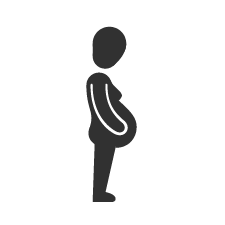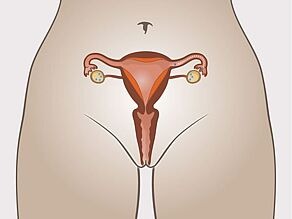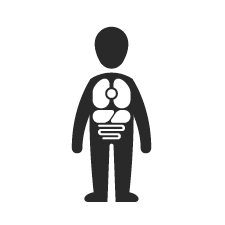How does a woman get pregnant?
Around once a month, an egg cell ripens in the woman’s body. The ripe egg cell is released from the ovary and succeeds in entering one of the two Fallopian tubes. This is called ovulation.
If a woman and a man have sexual intercourse, for example, male sperm cells (sperm) enter the woman’s body. They move through the vagina into the uterus and then into the two Fallopian tubes.
If the egg cell and the sperm cells meet in the Fallopian tube, they fuse together. This is fertilisation. The fertilised egg cell then moves slowly on into the uterus. It implants itself in the uterus. From this moment onwards, the woman is pregnant.
When can I get pregnant?
In the days before and after ovulation, the egg cell can be fertilised, resulting in pregnancy. Sperm cells (Sperm) can survive in the uterus or Fallopian tube for around five days. So a woman can get pregnant if she has sex a few days before ovulation or on the day following it.
When does ovulation take place?
A woman’s menstrual cycle can be up to 35 days. It may vary from month to month. For many women, ovulation takes place around the 14th day of the cycle. But it can vary from woman to woman and from month to month.
So ovulation cannot be predicted accurately. It is easier to determine that ovulation has already taken place.
Menstruation: not pregnant
If the egg cell is not fertilised, the body breaks it down. It also expels the mucous membrane in the uterus, which has thickened. This is the blood which flows slowly out of the vagina during menstruation (menstrual period). The first day of menstruation is also the first day of the following cycle.










